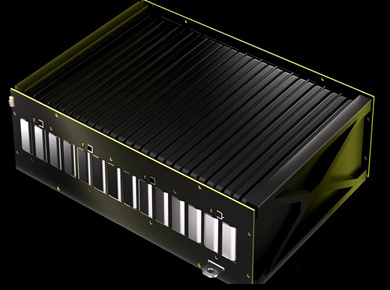
Copper vs. Aluminum Bus Bars: Choosing the Right Material-When selecting the right bus bar material, copper and aluminum each offer distinct advantages depending on the application.
Copper bus bars are known for their high electrical conductivity, allowing them to carry more current in a smaller cross-section. They are stronger, more durable, and have better corrosion resistance, especially when tin or silver-plated. However, copper is also heavier and more expensive, making it less ideal for applications where weight and cost are key concerns.
On the other hand, aluminum bus bars provide a lightweight and cost-effective alternative. They are approximately 30% of the weight of copper, making them ideal for applications where reducing weight is a priority, such as electric vehicles and aerospace systems. While aluminum requires a larger cross-sectional area to carry the same current as copper, it remains a popular choice in large-scale power distribution systems due to its affordability. However, aluminum oxidizes more easily, requiring special surface treatments to maintain conductivity and prevent high-resistance connections.
In general, copper bus bars are preferred for high-performance, high-conductivity applications such as power plants, substations, and data centers, where reliability and efficiency are critical. Meanwhile, aluminum bus bars are widely used in cost-sensitive and weight-restrictive applications, such as EV battery systems, renewable energy grids, and industrial electrical infrastructure. The choice between copper and aluminum ultimately depends on factors such as budget, weight constraints, conductivity needs, and environmental conditions.
Advantages of Bus Bars Over Traditional Wiring-Bus bars outperform conventional wiring in multiple ways:
✔ Higher Efficiency – Lower electrical resistance reduces energy losses.
✔ Compact Design – Saves space compared to bulky wire systems.
✔ Easy Maintenance – Modular design allows quick replacements or upgrades.
✔ Better Heat Dissipation – Prevents overheating and extends system lifespan.
Conclusion: A Vital Component in Industrial Power Systems
Bus bars are a cornerstone of industrial electrical infrastructure, ensuring safe, efficient, and reliable power distribution across various industries. Whether in manufacturing plants, power stations, data centers, renewable energy grids, or electric vehicles, aluminum and copper bus bars provide an unparalleled combination of performance, durability, and cost efficiency.As industries continue to evolve, the demand for high-performance bus bars will only grow, making them an indispensable component in modern electrical systems. Choosing the right material, size, and configuration will ensure optimal power distribution and efficiency for any industrial application.








